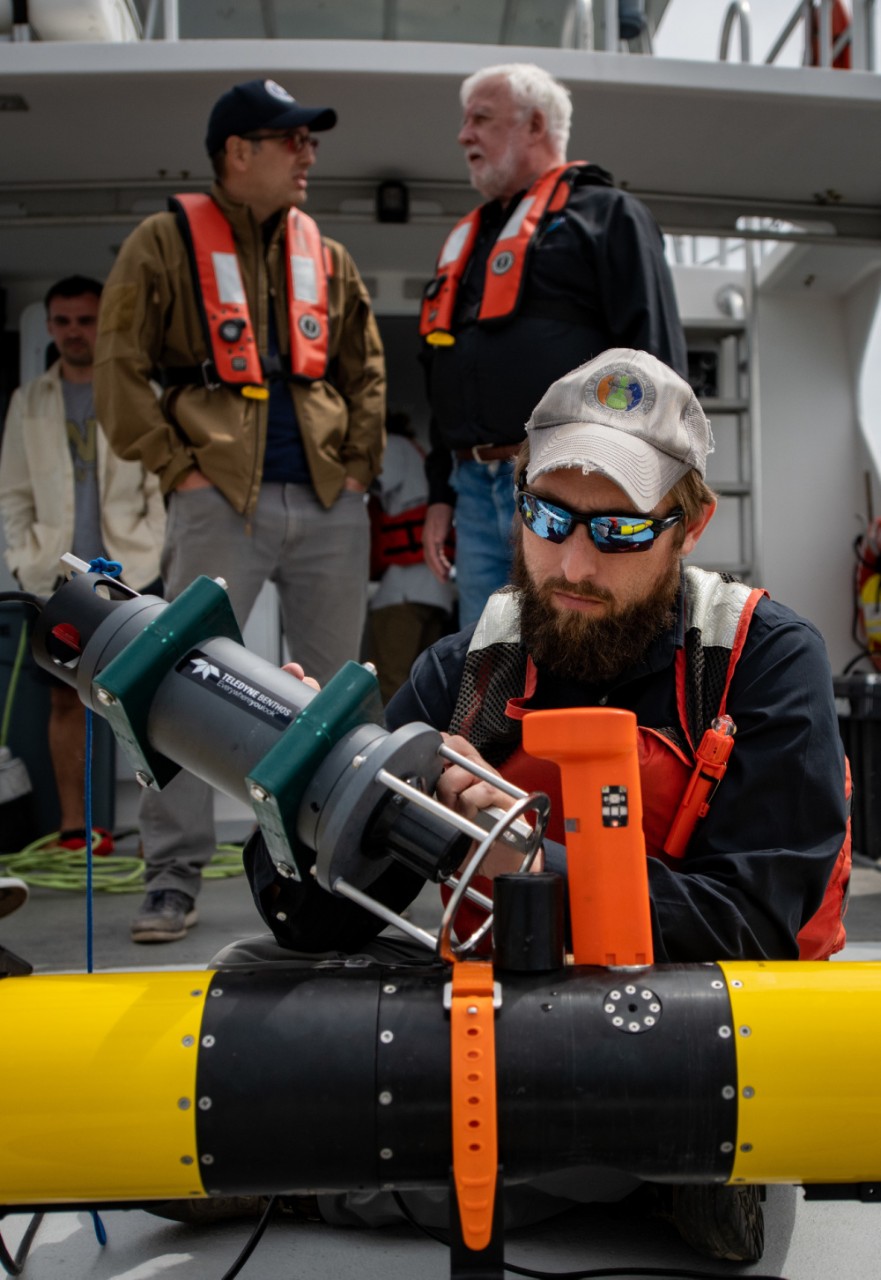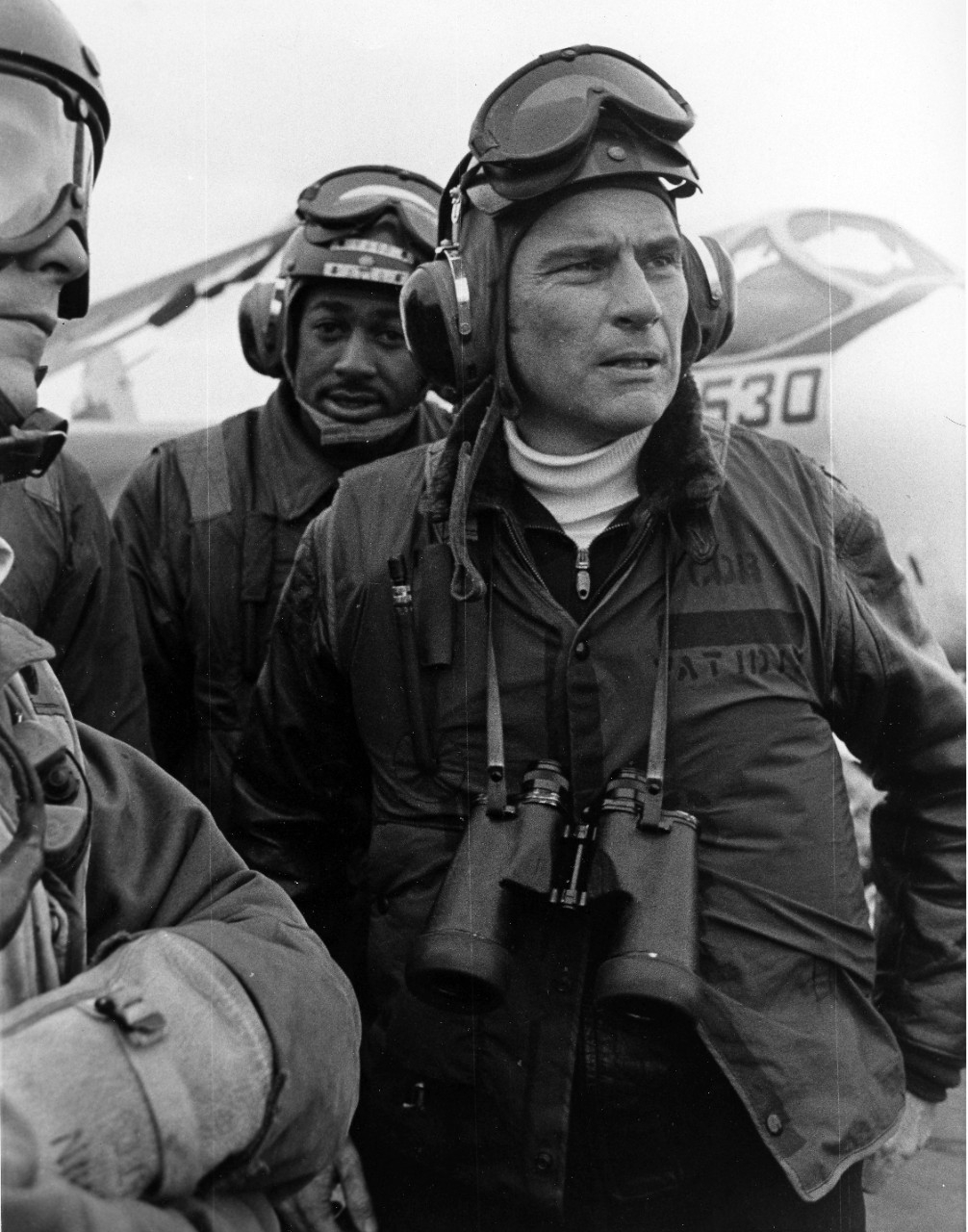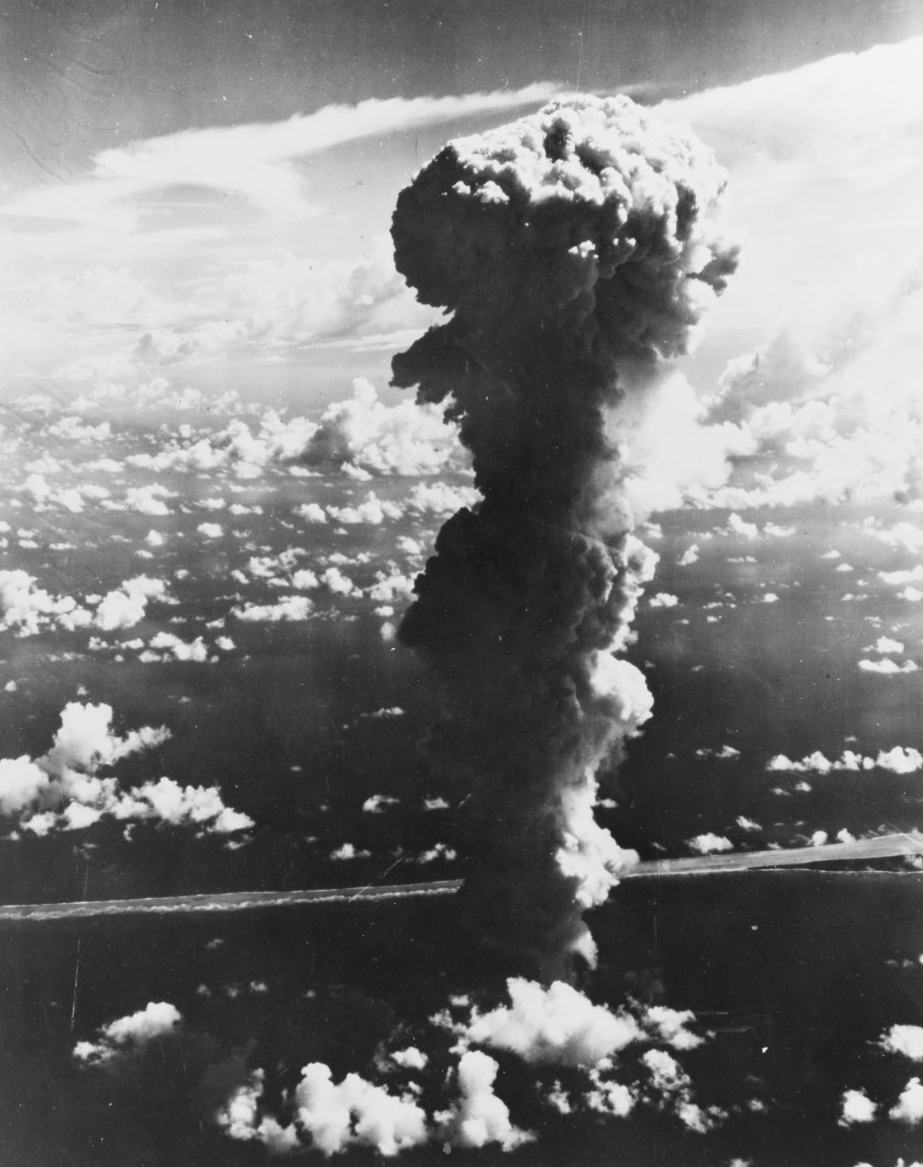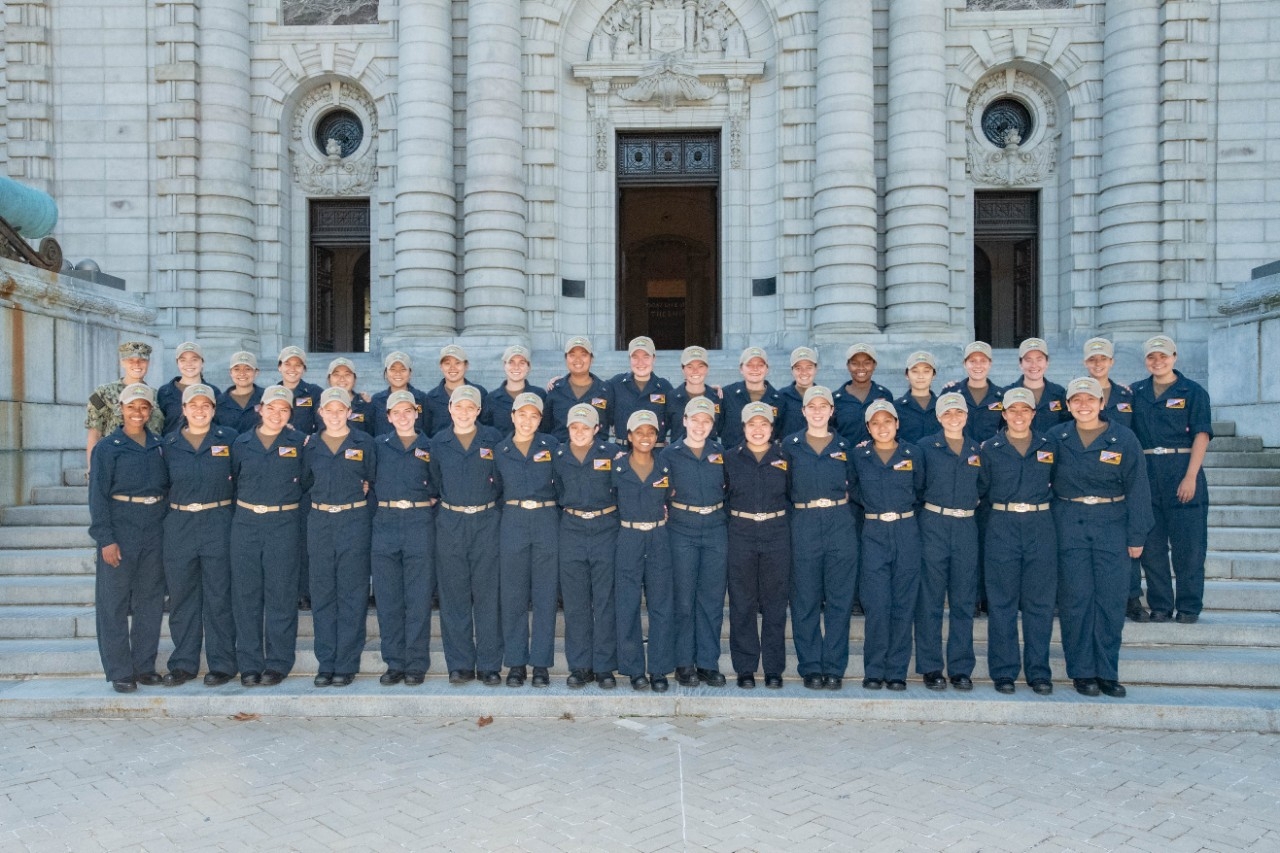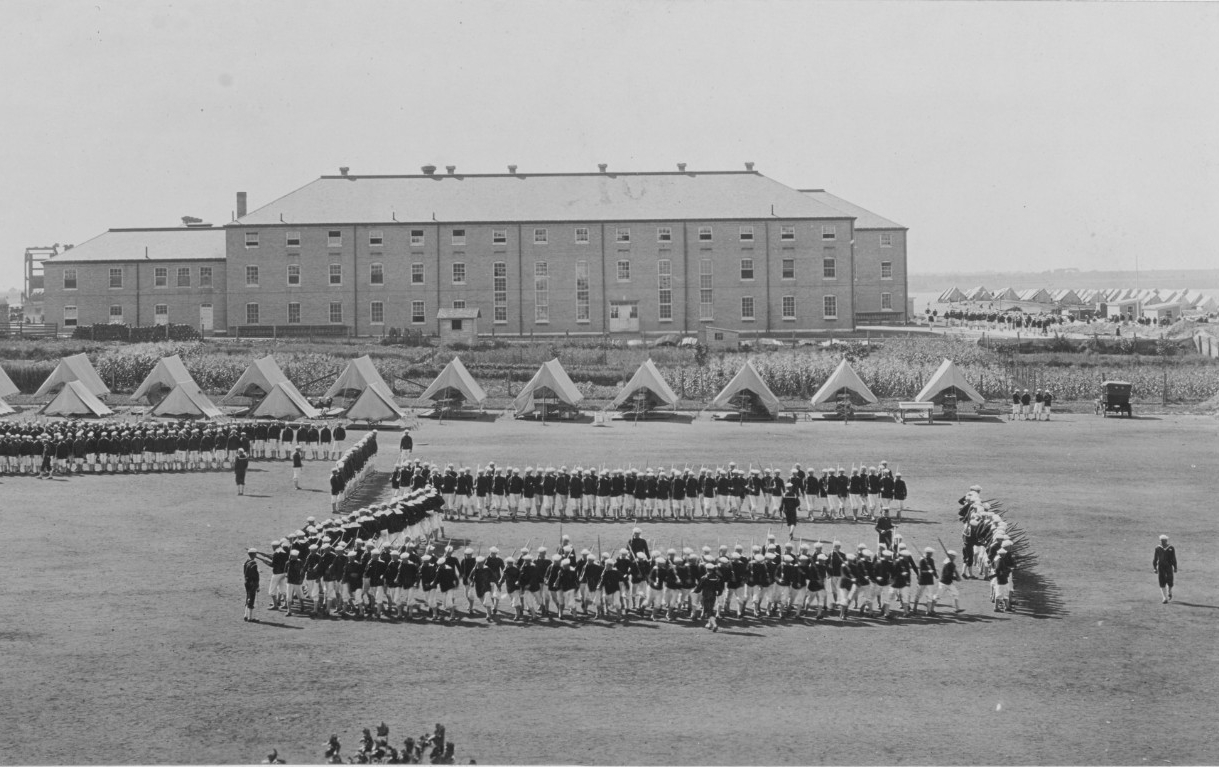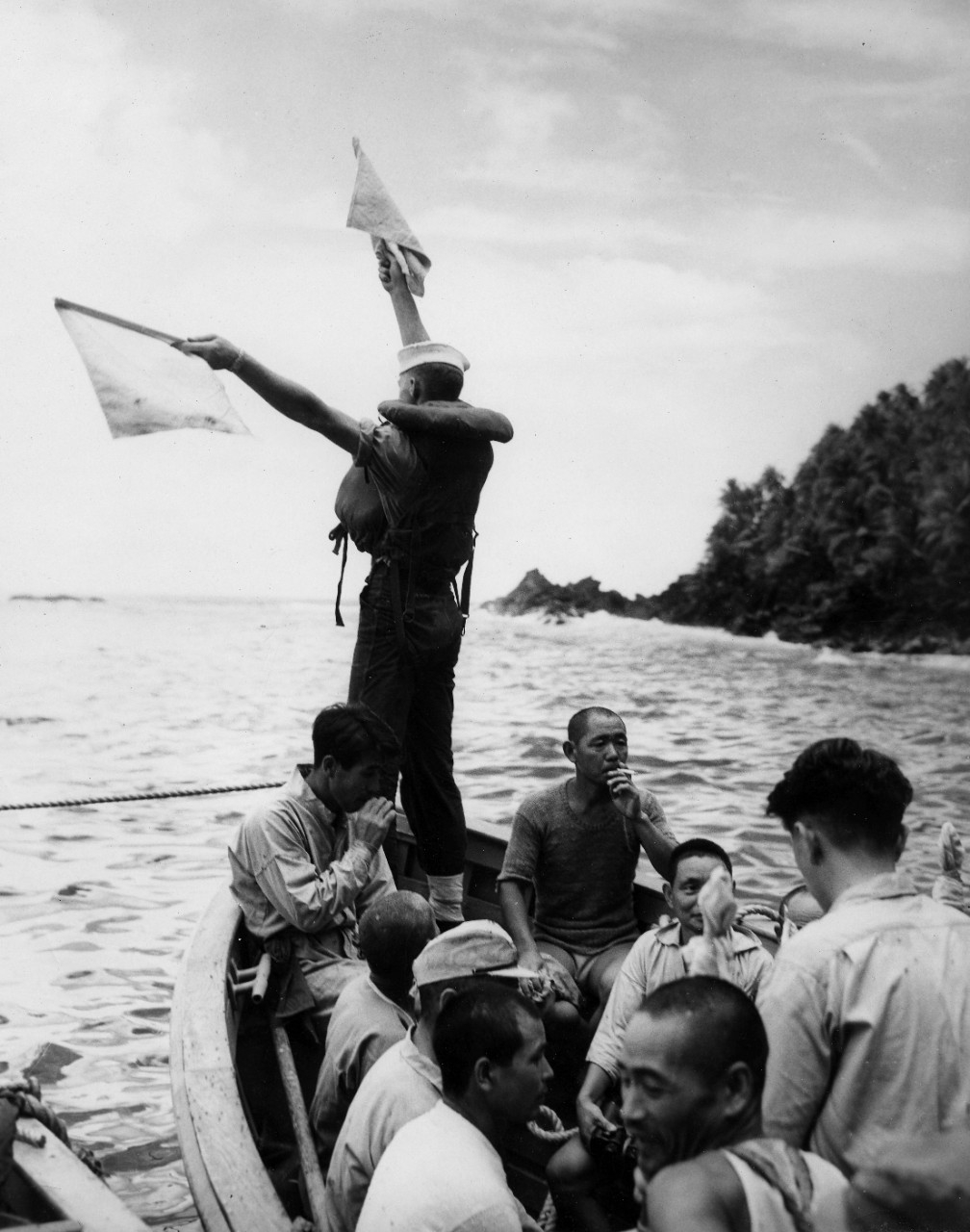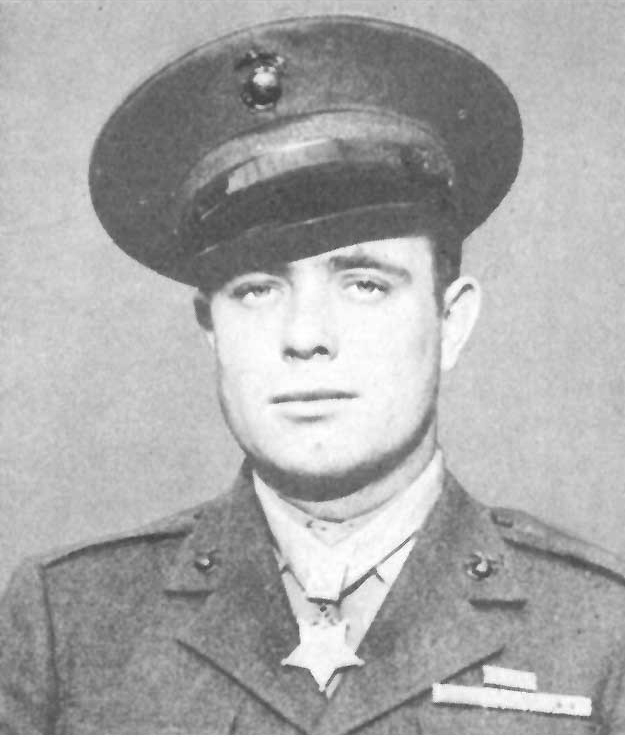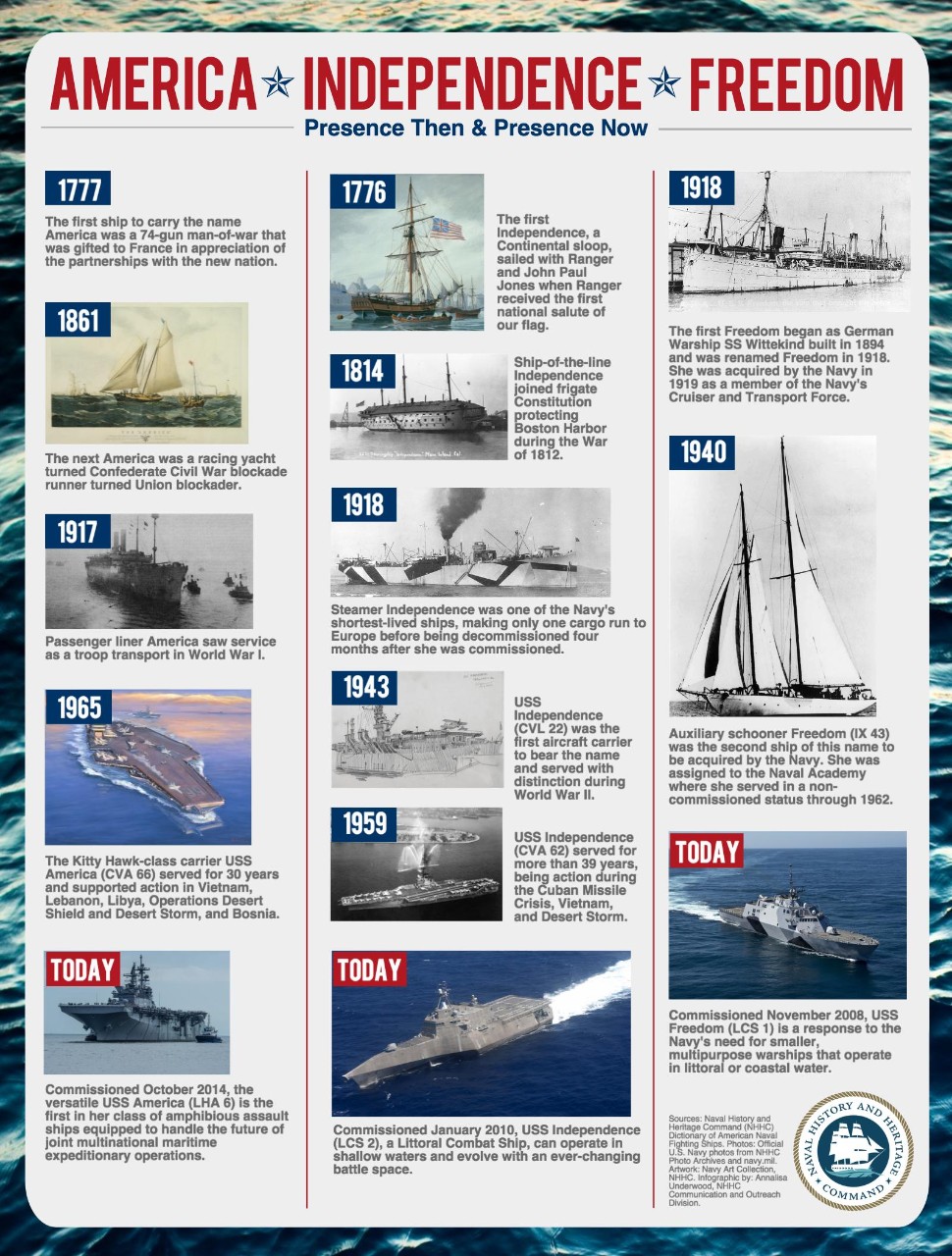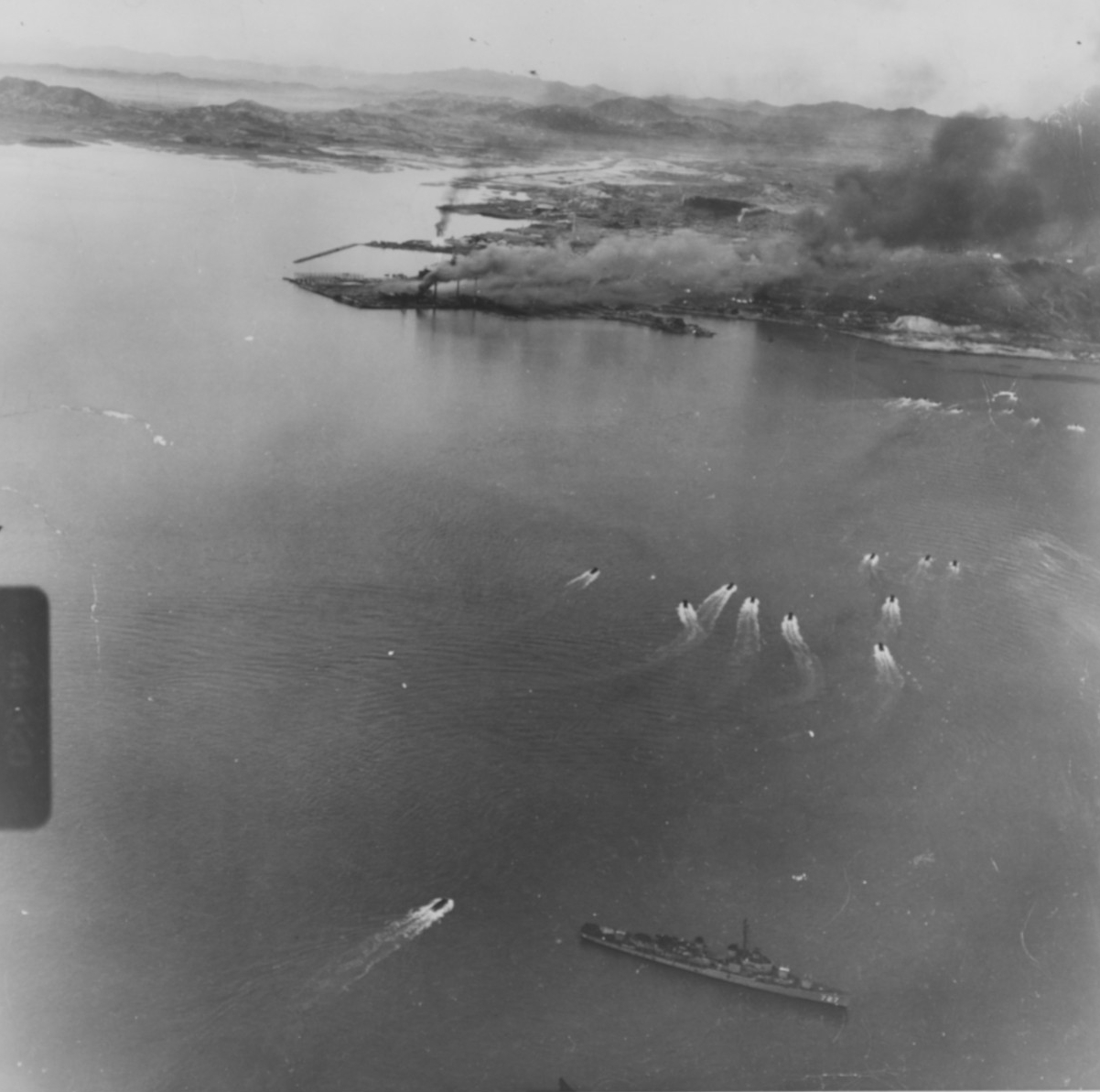Compiled by Brent Hunt, Naval History and Heritage Command’s Communication and Outreach Division
NHHC Partners With Academia, Commercial Industry to Confirm Nina Site
NHHC is collaborating with the University of Delaware and SEARCH, Inc. to identify the location of iron screw steamer Nina that was lost at sea in 1910 during a routine transit from Norfolk, VA, to Boston. In the years following the loss, recreational divers and fisherman have reported her possible location. In an effort to positively identify the wreck, personnel from the three organizations recently deployed on the research vessel Joanne Daiber to the suspected area where she might be located. “The Navy is responsible for its ship and aircraft wrecks, even after they sink,” said NHHC’s Dr. Alexis Catsambis, an underwater archeologist. “NHHC needs first to confirm the identity, and we have a lot of circumstantial evidence that the site that we are examining is Nina.” There have been reports of possible looting from the site. “If we confirm its identity, the vessel can be protected under the Sunken Military Craft Act and deter any further unauthorized disturbance,” said Catsambis. “We can provide measures of protection over what is a maritime grave and remember that 31 Sailors lost their lives when the ship went down.” For more on the ongoing search for the ship, read the article by MC1 Torrey Lee at NHHC’s website.
“A Class Act:” Former Navy Secretary, Senator John Warner Laid to Rest at Arlington
Former Secretary of the Navy and Virginia Senator John Warner was memorialized at Washington’s National Cathedral on June 23 and laid to rest on a hill next to his parents’ graves in Arlington National Cemetery. Warner, who passed away May 25 at the age of 94, was remembered by President Joe Biden as a “class act” who played a pivotal role in military affairs and was a consensus builder in Congress. “He understood that democracy is more than a form of government. He understood that democracy was a way of being and ... that empathy is the fuel of democracy, the willingness to see each other as opponents, not as enemies, and above all to each other as Americans, even when we disagree,” Biden said in his eulogy. For more on Warner’s life, read the article.
Operation Crossroads—75 Years Ago
On July 1, 1946, nuclear warhead Able was detonated at an altitude of 520 feet during Operation Crossroads at Bikini Atoll in the Marshall Islands. A second nuclear warhead, Baker, was detonated on July 25 underwater at a depth of 90 feet. The series was to study the effects of nuclear weapons on ships, equipment, and material. A fleet of more than 90 vessels was assembled in Bikini Lagoon as a target, which consisted of older U.S. capital ships, captured German and Japanese ships, surplus U.S. cruisers, destroyers and submarines, and a large number of auxiliary and amphibious vessels. Military equipment was arrayed on some of the ships as well as amphibious craft that were berthed on Bikini Island. Technical experiments were also conducted to study nuclear weapon explosion phenomena. Radioactivity created by the burst of Able had only a transient effect, and within a day nearly all the surviving target ships were safely boarded. The ship inspections, instrument recoveries, and remooring necessary for the Baker test proceeded on schedule. Five ships sank as a result of the underwater test.
Women Officers in Submarines: 10 Years Later
For more than 10 years, female officers in the U.S. Navy have been serving on multiple platforms throughout the Submarine Force. In 2010, then Secretary of Defense Robert M. Gates lifted the ban, which barred women from serving aboard submarines. About a year later, the first female officers began reporting to Ohio-class ballistic missile submarines. “The integration of women on submarines served to increase the talent pool available to the Submarine Force,” said Lt. Sabrina Reyes-Dods, the Women in Submarines (WIS) coordinator at Commander, Submarine Force Atlantic. “Women make up 57 percent of all degree-seeking college students and earn half of all science and engineering-based bachelor degrees. Twenty percent of U.S. Naval Academy midshipmen and 28 percent of NROTC midshipmen are women. With the ongoing challenge of recruiting highly trained officers, integrating women allowed the Submarine Force to attract the nation’s best and brightest.” For more, read the U.S. Navy press release. For more on women in the U.S. Navy, go to NHHC’s website.
Naval Station Newport Commissioned—75 Years Ago
On July 1, 1946, Naval Station Newport, RI, was officially commissioned under a single military command, although naval activity in the region dates back to the American Revolution. During World War II, thousands of recruits were trained in the region to include then-Lt. j.g. John F. Kennedy who completed PT-Boat training there. After the war, many temporary units began to deactivate and after commissioning, the base adjusted to peacetime by increasing its activities in the fields of research, development, and training and preparing for modern warfare. Except for a brief period during the Korean War when more than 25,000 Sailors trained at Newport, the Navy applied its efforts to these three major areas. A ceremony on Oct. 1, 1998, established Newport as the primary host command, taking over base operating support responsibilities from the Naval Education and Training Center. The base continues to evolve as the Navy seeks ways to improve training and increase efficiency. As a result of the 2005 Base Realignment and Closure Commission study, Newport acquired additional units and personnel. In July 2008, the Naval Station Newport Vision 2035 Master Plan was published, outlining the future direction for the Navy’s organization and infrastructure needs. Today, Newport is the Navy’s world-class Center of Learning Excellence.
Stranded Japanese Soldiers Repatriated—70 Years Ago
On June 30, 1951, a group of stranded Japanese soldiers, who refused to believe World War II ended in 1945, surrendered to Lt. Cmdr. James B. Johnson, USS Cocopa on Anatahan Island in the northern Marianas. Three days earlier, a reporter from the Associated Press reported that a Japanese petty officer, who surrendered two weeks earlier, said there were more holdouts on the island. In an attempt to verify the claim, a reconassonance plane flew over the island and reported Japanese personnel waving white flags on the beach. However, the Navy remained cautious because there were reports that the men were well-armed and leaders of the group had threatened to kill anyone who surrendered, because they still believed the war was not over. Nevertheless, the group eventually surrendered and were transported from the island. The ordeal inspired the 1953 film Anatahan and the 1998 book Cage on the Sea.
Medal of Honor Recipient from Iwo Jima Battle Welcomes Great Grandson into the Marines
Before he headed out to boot camp, Cedar Ross received some words of advice from a family member who knows a thing or two about the U.S. Marines. His great grandfather is Hershel “Woody” Williams, 97, the last living Medal of Honor recipient from World War II. “The only advice I think I gave him was to do the very best that he could and then do a little more,” said Williams. He happens to know quite a bit about doing a little more. According to Williams’ Medal of Honor citation, “Covered by only four riflemen, he fought desperately for four hours under terrific enemy small-arms fire and repeatedly returned to his own lines to prepare demolition charges and obtain serviced flamethrowers.” Ross was half way through boot camp before his drill instructor realized he was the descendent of the legendary Marine. “The chief drill instructor told me, ‘Ross, you're going to have big shoes to fill,’” Ross said in an interview seated beside his great grandfather. “I said, ‘Yes, sir. Thankfully, I wear size 15.’” Williams just laughed. Although Williams is in his late 90’s, he still remains quite active. He serves on the advisory board for the non-profit Hershel “Woody” Williams Congressional Medal of Honor Education Foundation, Inc. that honors Gold Star Families around the country. In March 2020, his namesake ship, USS Hershel “Woody” Williams, was commissioned. For more, read the article.
Webpage of the Week
In celebration of America’s Independence Day, this week’s Webpage of the Week comes from NHHC’s extensive infographic collection. America, Independence, Freedom shares the history of U.S. Navy ships that bear the name America, Independence, and Freedom. Did you know the first ship to carry the name America was a 74-gun man-of-war that was gifted to King Louis XVI of France to replace the French ship Magnifique, which had been destroyed on Aug. 11, 1782, while attempting to enter Boston Harbor. America was gifted to the French to symbolize America’s appreciation for France’s service to and sacrifices in behalf of the cause of American patriots. Check out this informative infographic today and have a Happy Fourth of July!
Today in Naval History
On June 29, 1950, USS Juneau and USS De Haven fired the first naval shore bombardment of the Korean War in the vicinity of Samchock, Korea. When the war broke out on June 25, Juneau and De Haven were two of the few ships immediately available to Vice Admiral C. Turner Joy, commander of Naval Forces, Far East. After the bombardment, the ships patrolled south of the 38th parallel to prevent enemy landings, and destroyed enemy shore installations. Juneau engaged in the first naval action on July 2 when she sank three enemy torpedo boats near Chumonchin Chan, and both ships supported raiding parties along the coast. On July 18, the task force, which included British units, laid down a deadly barrage on enemy troop concentrations near Yongdok, which slowed down the North Korean advance southward. Later, on Sept. 13–14, De Haven stood up a treacherous channel to anchor a mere 800 yards from Wolmi-Do, where they destroyed concealed gun emplacements in preparation for the assault on Inchon. De Haven provided gunfire support for the successful landings the following day, and for her part in the bold action was awarded the Navy Unit Commendation.
For more dates in naval history, including your selected span of dates, see Year at a Glance at NHHC’s website. Be sure to check this page regularly, as content is updated frequently.

